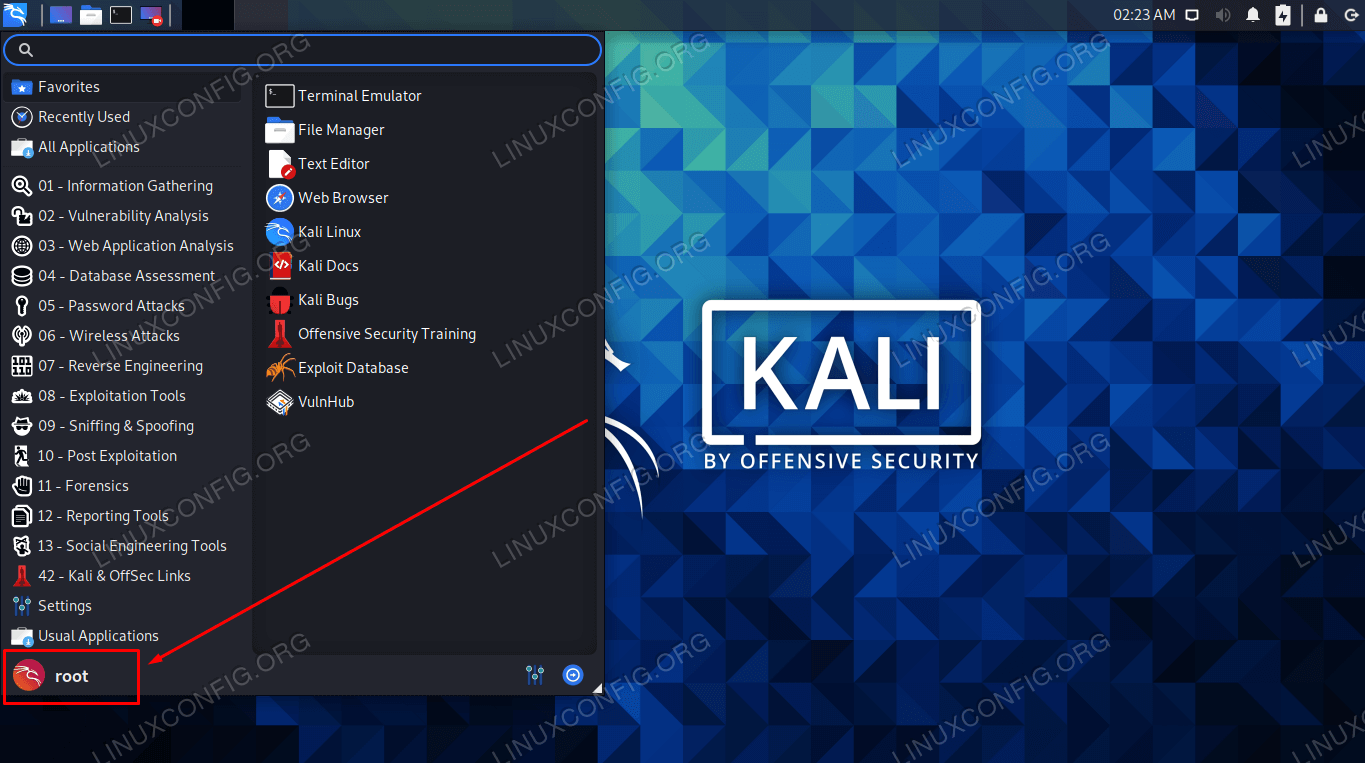

It means shell scripts (and hard-core System V system administrators) don’t keel over if they are moved to a computer with a systemd distribution running on it. Retaining these commands provides a degree of compatibility with System V init-based distributions. On systemd-based distributions the shutdown, reboot, halt, and poweroff commands are effectively shortcuts that point to the systemctl command. Debian and Ubuntu swapped to systemd in 2015. Since then it has been adopted by a great many distributions. In the Linux world, Fedora started to use systemd in 2011. The answer lies in the systemd bootstrap system which replaced the venerable System V init system. In fact, the man pages for reboot, halt, and poweroff contain exactly the same information. Depending on which command line options you choose, all of these commands can perform shutdowns, reboots, and system halts. Looking through the man pages for these commands can be confusing. Linux and Unix-like systems such as macOS provide several commands to shutdown or reboot your system right from the command line. If you’re working on a GUI-less server or you’re on an SSH session to a remote computer, the command line is your only option.

Sometimes you just have to go for the reboot or the total shutdown.


 0 kommentar(er)
0 kommentar(er)
